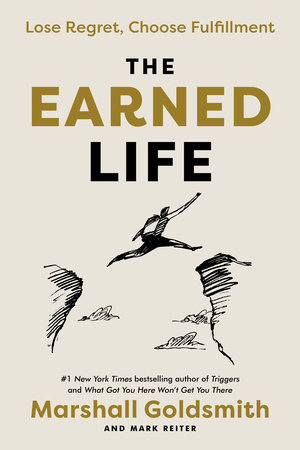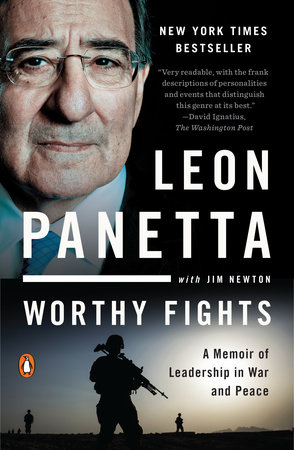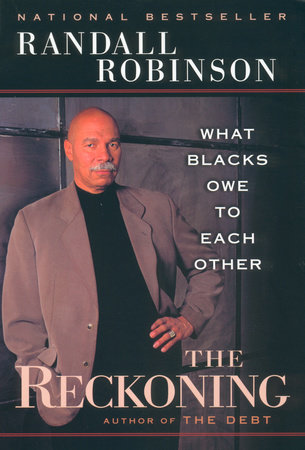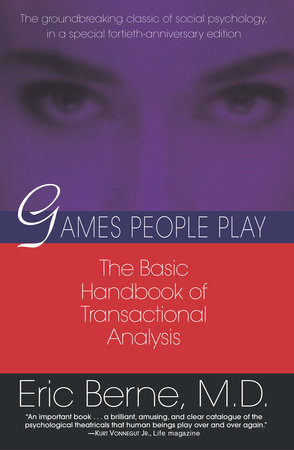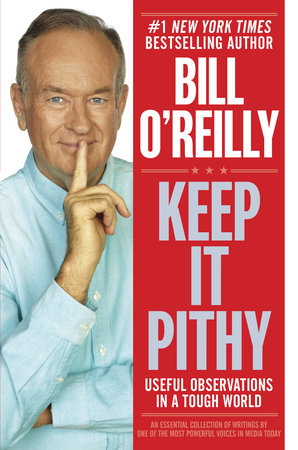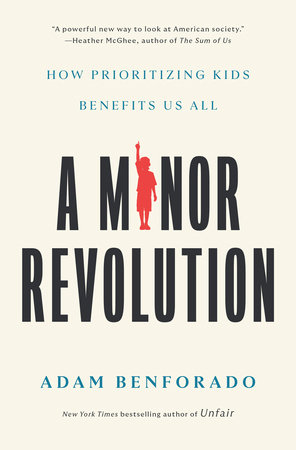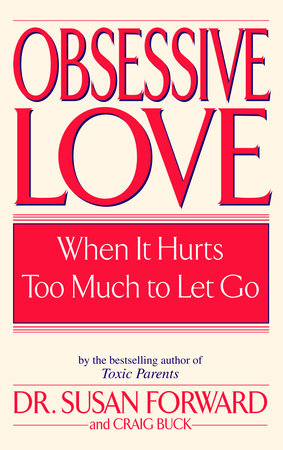A Conversation with Carol Gilligan, author of The Birth of Pleasure
Q: Why did you decide to write this book?
A: Writing this book was a personal journey for me. After I wrote In a Different Voice, I remember thinking that there was a conversation under the conversation, and it had to do with love. All those concepts—self, morality, development—they were standing in a field, and the ground they were standing on was love. I wanted to write about love. I began to collect things—the myth of Psyche and Cupid, couples in crisis, girls, novels—and move them around. A friend who is a sculptor composes some of her work with pieces you can move around, and as I assembled the pieces of this book, experimenting with different angles of composition, I felt I was coming to see into love. As I listened to people’s stories about love and heard certain themes over and over again, I realized that if I could capture what I was hearing, there was a story to tell that would make sense of experiences that seemed baffling or mysterious.
Q: In a Different Voice, published in 1982, proved to be a bestseller and a major influence. How has your life and work changed since the publication of that book? Did the reaction to the book surprise you?
A: At the time I wrote the book, we had moved to a new house and with my children, I planted a large organic garden. I remember finishing the book and wanting to plant it in my garden, to shelter it from the world. I never imagined the response. I thought most people would not want to hear what I was saying, and I saw how easily it could be misconstrued. I did not anticipate being joined in the way I have been by so many people, including people whose lives, at least on the surface, seem so different from mine. In a Different Voice shows how including women’s voices changes the human conversation, makes it more expansive, more real in certain ways, and that’s not only for women; enlarging the conversation and changing the resonance can also encourage men to say things that they know but may have felt they couldn’t speak about.
Did it change my life? Sure. It gave me a network of friends all over the world; I felt my perceptions were understood. It encouraged me to go further and to continue taking risks in my work.
Q: How do you see your work within the trajectory of feminist thought? What have been the key developments for women between In a Different Voice and The Birth of Pleasure?
A: There are two main trajectories of feminism—equality feminism and difference feminism, although actually when you think about it they are more like two steps in a dance. Equality feminism is pretty much summed up by the statement "Women’s Rights are Human Rights." Seems self-evident to me. Once you agree that women are human, you get into the questions of difference feminism which are at the center of my work. What difference does it make when women enter arenas of the human world from which they were previously excluded? What do women add, what new perceptions, experiences, insights and knowledge do they bring? It’s one thing to say to women, you can come into my house, you can come into every room of my house, but it’s still my house. It’s another to say, let’s redesign the house.
I think the key development for women over the past twenty years has been that more and more women have become aware of the need to redesign the house. Certainly more women have entered men’s houses, and then discovered that the structure requires them to do what men traditionally have done. One could say that women in this sense have become obsolete, like dinosaurs, since women or at least some women can be like men, but this only points to another key development during this time which has been that the old images and meanings of manhood and womanhood are themselves becoming obsolete. This is very hopeful because it means that the structures that have accommodated and promulgated patriarchy are changing.
Q: How has your research shaped this book? What about your students? Have they played a part in the development of your studies?
A: This book is personal research; it’s a record of a personal journey of coming to know. While I draw on my past academic research, this is in no way a research monograph. When I draw examples from my research with girls or boys or my work with couples, my intention is to show something I came to see which shifted my thinking.
All of my academic research has been collaborative, and students have been outstanding collaborators, bringing fresh perceptions, new questions, and taking me into worlds I otherwise might not have seen. In laying out the frame for The Birth of Pleasure, an essential piece was the work with young boys that I did with Judy Chu, a graduate student. It was Chu’s relationships with the boys, her insights, and the evidence of her research that made the analogy with the adolescent girls persuasive to me. Also, the "I poems" in the book which serve as sonograms of the psyche are part of a research method that my graduate students and I developed over many years, and specifically, the discovery that the first-person voice when followed through a passage often falls into a poetic cadence was the contribution of Elizabeth Debold, one of the key members of the Harvard Project. The five books reporting the research of the Harvard Project on Women’s Psychology and Girls’ Development were co-authored or co-edited with my students, and each collaborator now heads her own research team.
Q: What is the link between love and patriarchy as it plays out in The Birth of Pleasure?
A: There is a line at the end of Saki’s "The Storyteller," where a man who has been telling a story to two unruly children on a train sums up the moral of his tale by saying, "You can’t have pigs and flowers." It’s a bit of a stretch and not to be taken literally, but this pretty much sums up the relationship between love and patriarchy. You can’t have love and patriarchy. Love means opening yourself to another and taking the other into yourself; it means being vulnerable to other people’s wants and needs; it means delighting in another person, tasting the joy of being together, weathering, exploring, embracing the difficult times; and perhaps most of all, it means being willing to change. You’d have to be crazy in a hierarchy to leave yourself open in this way, whether you’re the bottom or the top, which is why in so many relationships where people are struggling to open themselves to one another or to be vulnerable to one another, invariably they can’t, and that’s why these relationships are in trouble.
Q: How does the myth of Psyche and Cupid relate to the tensions and difficulties of relationships between men and women in our society?
A: The myth of Psyche and Cupid comes from Apuleius’ novel, Metamorphoses, where it is presented as "an old wife’s tale," told to a young woman who has been kidnapped and taken into the forest on the eve of her seemingly-perfect marriage. It’s a cautionary tale about love, and I read it as a map of resistance, showing how to get out of a tragic story, like the Oedipus story, or all those stories in operas and country westerns and plays and novels where love leads to loss and pleasure to death.
It’s a strikingly contemporary tale in the sense of speaking so directly to tensions and difficulties which continue to beset men and women, such as the dangers of becoming an object, the need for women to say what they know about love—to break taboos on seeing and speaking about what they know, what happens when a man can’t show his love, the need for equality in love relationships, and perhaps most radically, if a woman finds herself forced to choose between staying with her husband and risking her child and herself or, to quote Hamlet, taking arms against a sea of troubles and by opposing, end them, the better choice is to take arms and a lamp to look at the situation. What Psyche discovers in looking at her lover under the light is that the stories she was told about love and marriage are not true. The old wife’s tale counters air-brushed images of love and marriage by making it clear that the labor of love which leads to the birth of pleasure is a long and difficult labor.
Q: Your work counseling couples. What do you hope to achieve through this project? What did you learn from the couples that you worked with?
A: I began my work with couples by interviewing men and women whose intimate relationships with one another had reached a point of crisis. I continued this work with Terrence Real, a couples therapist, and we saw couples together, offering counseling in exchange for their participation in our project. What I learned from the couples was that even in the midst of crisis, you can pick up the voice of pleasure, and if you follow this voice, it will lead back to a time before loss or trauma made it seem too risky or dangerous to love. By listening for the voice of pleasure as well as the signs of loss and trauma, we found ways of moving in the face of what otherwise often seemed a hopeless impasse.
I also discovered that my work with adolescent girls and young boys was an invaluable guide in the couples work, because it tuned my ear to an emotional openness in men that was quickly covered and to an honest voice in women that seemed too dangerous to express. Terry Real’s ability to speak with men lovingly and truthfully opened the couples work to a kind of candor that made it possible to work very quickly because it broke the collusion that occurs in couples therapy when a therapist and a woman tacitly align to protect the vulnerability of a man. When this happens, a series of issues manifest in the couple but rooted in patriarchy never get addressed.
Q: In The Birth of Pleasure you write, "The resistance story is a psychological story set in a historical and political landscape, and both love and the soul need to be placed in a cultural framework. Then we can see why we have loved tragic stories of love…" Why, do you think love relationships in our society are so often haunted by loss and pain? Is there a way to get around this trauma within the confines of a patriarchal society?
A: One of the questions that led me to write this book is why is it so hard to resist a tragic love story, or to put it differently, why are we so drawn to tragic stories of love, where pleasure is Act I in a play that ends badly? I found myself asking what is so dangerous about pleasure and what stake do we have in the tragic ending? These questions took me into a history of loss and separation that I saw playing itself out among the young boys and the adolescent girls in my studies. They would come to a place where loss seemed inescapable, where it seemed impossible for them to stay open and present in their relationships. I observed boys around the ages of four and five beginning to cover their emotions and girls at adolescence beginning not to say what they were really thinking and feeling. I have always been grateful to the woman in one of my early studies who asked me: "Do you want to know what I think, or do you want to know what I really think?"
If the only way we can maintain relationships is by not showing what we are feeling or not saying what we are really thinking, then we end up giving up relationships for the sake of having relationships. The absurdity of this, when you think about it, is countered by the fact that we often accept it as inevitable. And I think this is one reason why many people are unhappy in love, because what is said to be love often feels like constraint.
Love relationships in our society are shadowed by the legacy of a loss that has its roots in childhood. Because this loss is often experienced as a loss of voice and connected with a feeling of being unable to speak or to say what is happening, it bears the hallmarks of trauma. One way to get around this trauma within the confines of a patriarchal society is to break this silence. The fact that more women and men are now speaking openly about what is happening or has happened in their intimate relationships is one clear sign that we are moving out of patriarchy.
Q: You explain, "To hear tragic love as a story immediately suggests the existence of other stories and also the possibility of new stories." What is this new possibility? What comes next in relationships between men and women?
A: I think we are currently witnessing the endgame of patriarchy, which makes this a very volatile time and also one that calls for creativity. I remember looking at a front-page photograph of the millennial celebration at the United Nations; the heads of most countries were there and with the exception of two or three women, they were all older men. It was a very vivid reminder that we are still living in patriarchy, but there are also many signs of change. In the U.S., for example, most families no longer fit the model of the nuclear family; love relationships are taking a variety of forms. The workplace also is changing; corporations and organizations experimenting with non-hierarchical forms of leadership and management are discovering that these changes can heighten productivity. We know now that girls’ education and women’s literacy are among the best predictors of economic growth in developing countries as well as of population control. And while it is true that a disproportionate number of women are living in poverty and we continue to tolerate high levels of violence among men, it is also true that many constraints on relationships between men and women are being lifted as more women gain economic independence and more men realize the costs of adhering to traditional norms of masculinity.
What comes next for relationships between men and women? If we don’t turn back from the changes initiated by the liberation movements of the mid-twentieth century, what comes next is the birth of pleasure. This is where the future lies. But it is important to say that by pleasure I don’t mean titillation or hedonism as it’s commonly understood; I mean our capacity for delight, for joy. Once feminism is understood not as a battle between the sexes but a move to free both women and men from constraints that have limited their capacity to love and live fully, it becomes clear that feminism is one of the great liberation movements in human history.
Q: You use many sources—from Freud, Michael Ondaatje, and Toni Morrison to dialogues of couples in crisis to ancient myths. How did you select these examples and was it difficult to bring them all together to tell one coherent story?
A: I cast a wide net, drawing in Anne Frank and Proust, Shakespeare and popular songs, Emily Dickinson and Arundhati Roy because I felt it was important to draw evidence from the stories of our culture. We are living the struggle between love and patriarchy in the novels we read and the dreams we dream as well as in our daily lives. I wanted to include writers living in different times and places, and I was particularly drawn to post-colonial writers who are chronicling the move out of colonization. Knowing what you know is a central theme in my book, and I chose to tell an ancient love story along with a range of contemporary love stories as a way of showing how widespread this knowing of love is and also for how long it has been in our midst.
In drawing from my research, I highlight moments that led me to new insights in an effort to make it clear how I came to see what I saw and also to give readers a chance to see for themselves. Where I include my own dreams and memories, it is because they served for me as a kind of epiphany—sudden moments of illumination that occurred in the course of this journey.
The challenge I faced in writing the book led me to create a form that could hold the sensations of love and pleasure and the associative nature of psychological discovery while also making clear the logic or connections that bring the various parts together to form a coherent whole. I often thought of orchestration where a composer uses different instruments to carry the parts of a piece and then explores and develops their relation to one another through counterpoint and harmony. I found it an exciting and difficult challenge, and the journey of writing this book became one of personal transformation, leading me away from the conventions of academic writing and into something that felt much freer and also more embracing of the story I set out to tell.
Q: Jane Fonda has recently given Harvard University the funds to launch the Harvard Center on Gender and Education in your honor. What sorts of plans are in the works for this center, and will you be involved in its development?
A: I admire Jane Fonda for her willingness to put herself on the line and devote her resources to what she believes in. Her generous gift will change the landscape of Harvard, and the plans for the new center are very exciting. The map of development I lay out in this book provides the inspiration for the Center. The initial project, led by Dr. Janie Ward, is an alliance with educators in elementary schools and high schools with the goal of addressing risks to children’s resiliency that are associated with gender.
The Center will be international in scope, and as part of its mandate, the Graduate School of Education will collaborate with at least two other divisions of Harvard in undertaking joint research and scholarly projects. Jane Fonda’s gift makes it possible to build on the gifts of four other women whose vision led to the creation of Harvard’s first chair in Gender Studies. The program their generosity initiated will now grow considerably as a result of this new funding, bringing scholars from all over the world and supporting the work of research fellows and graduate students.
Personally, it is a great honor and deeply gratifying to me, in that work I started with my students at Harvard will continue and become a permanent part of the university’s research and teaching mission. I have a great investment in the flourishing of this center. Jane knew of my plan to move to New York to become University Professor at NYU, and we agreed that my continuing involvement with the Center will take the form of serving as chair of the advisory committee.







